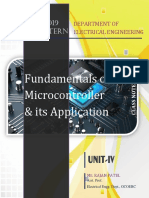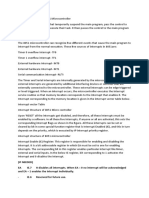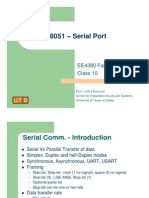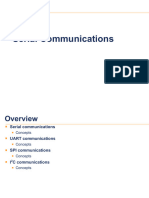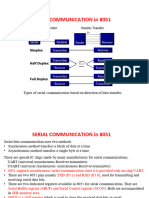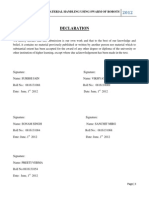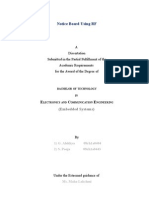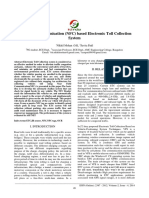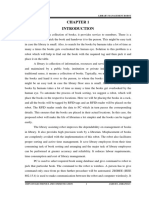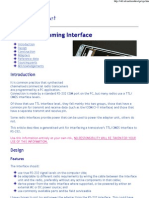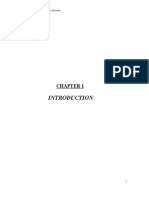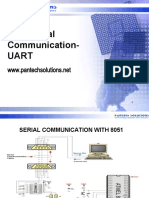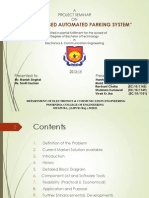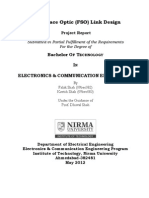0% found this document useful (0 votes)
13 views22 pagesFMA Notes Unit - 4
The document discusses the various types of interrupts in the 8051 microcontroller, including reset, internal, serial, and external interrupts, along with their corresponding service routines and priority levels. It also covers serial communication methods, including asynchronous and synchronous data transfer, and details the relevant registers for managing serial communication. Additionally, it outlines the operating modes of the serial port and the configuration of baud rates for effective data transmission.
Uploaded by
HoD ElectricalCopyright
© © All Rights Reserved
We take content rights seriously. If you suspect this is your content, claim it here.
Available Formats
Download as PDF, TXT or read online on Scribd
0% found this document useful (0 votes)
13 views22 pagesFMA Notes Unit - 4
The document discusses the various types of interrupts in the 8051 microcontroller, including reset, internal, serial, and external interrupts, along with their corresponding service routines and priority levels. It also covers serial communication methods, including asynchronous and synchronous data transfer, and details the relevant registers for managing serial communication. Additionally, it outlines the operating modes of the serial port and the configuration of baud rates for effective data transmission.
Uploaded by
HoD ElectricalCopyright
© © All Rights Reserved
We take content rights seriously. If you suspect this is your content, claim it here.
Available Formats
Download as PDF, TXT or read online on Scribd
/ 22

























